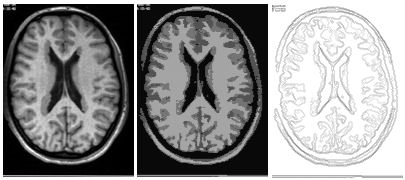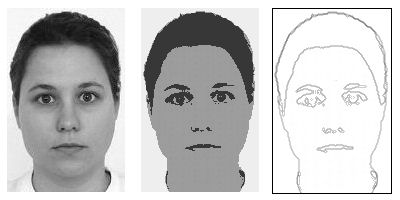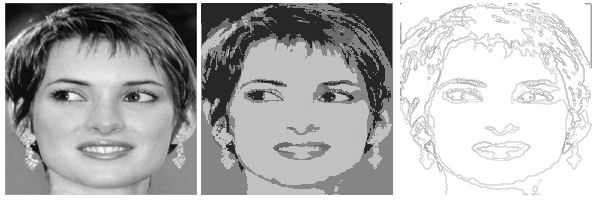A fully hierarchical approach for finding correspondences in non-rigid shapes
This research presents a hierarchical method for finding correspondences in non-rigid shapes. We propose a new
representation for 3D meshes: the decomposition tree. This structure characterizes the recursive decomposition process
of a mesh into regions of interest and keypoints. The internal nodes contain regions of interest (which may be
recursively decomposed) and the leaf nodes contain the keypoints to be matched. We also propose a hierarchical
matching algorithm that performs in a level-wise manner. The matching process is guided by the similarity
between regions in high levels of the tree, until reaching the keypoints stored in the leaves. This allows us to
reduce the search space of correspondences, making also the matching process efficient. We evaluate the
effectiveness of our approach using the SHREC’2010 robust correspondence benchmark. In addition, we show that
our results outperform the state of the art.









